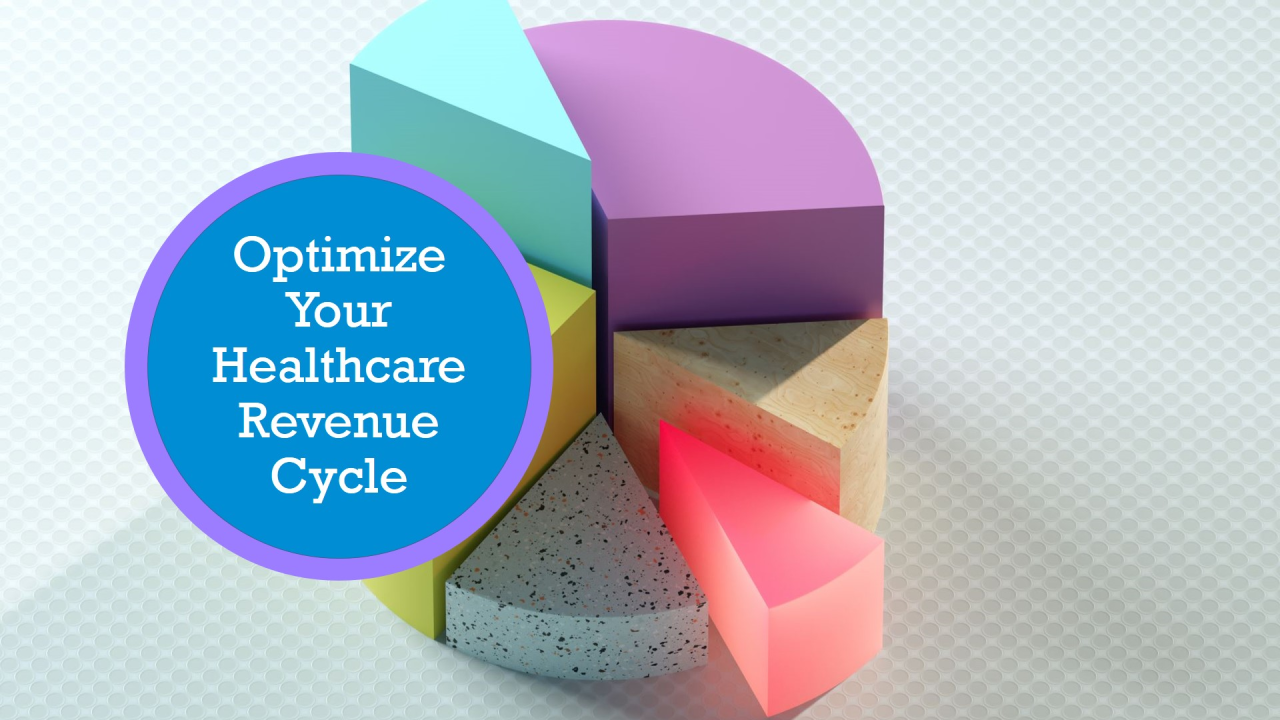Automation in Healthcare is transforming the industry by enhancing the efficiency of operations and improving patient care. By integrating automation into various healthcare processes, organizations are able to streamline workflows, reduce errors, and offer better services to patients. However, it’s important to note that automation supports human roles rather than replacing them, ensuring that technology complements the work of healthcare professionals.
What is Automation in Healthcare?
Automation in healthcare refers to the use of technology to perform tasks or processes without the need for manual intervention. This can range from simple administrative tasks, like scheduling appointments, to more complex processes such as data management, patient monitoring, and medical imaging analysis. By integrating automated systems, healthcare organizations can improve accuracy, efficiency, and overall quality of care.
1. Streamlining Administrative Processes
One of the most significant benefits of automation in healthcare is the improvement in administrative processes. Hospitals and clinics deal with a large volume of paperwork and data entry, which can be time-consuming and prone to human error. Automation simplifies tasks like:
- Patient scheduling: Automation can manage appointment bookings, reminders, and cancellations, ensuring smoother operations and reducing no-show rates.
- Billing and claims processing: Automation can streamline the billing cycle, from patient insurance verification to claims submission, reducing delays and human errors.
- Electronic health records (EHR): Automation enables easier storage, retrieval, and updating of patient records, ensuring that healthcare providers have up-to-date information at their fingertips.
By taking over repetitive tasks, automation frees up administrative staff to focus on more critical areas, contributing to a more efficient healthcare environment.
2. Reducing Human Errors
Human errors in healthcare, especially in medical transcription, medication administration, and diagnostic processes, can have serious consequences. Automation helps minimize these risks by ensuring that tasks are performed consistently and accurately.
For example:
- Medication management: Automated systems can provide real-time alerts for potential drug interactions, allergies, or dosage errors, improving patient safety.
- Diagnostic assistance: Automation tools like AI-powered diagnostic software can assist healthcare providers in identifying conditions more accurately, reducing the risk of misdiagnosis.
- Data entry: Automation helps reduce errors in entering patient information or test results, enhancing the quality of patient data.
By automating these processes, healthcare organizations can significantly reduce the likelihood of mistakes, improving patient safety and outcomes.
3. Improving Patient Care
Perhaps the most important benefit of automation in healthcare is its ability to improve patient care. With automation handling routine tasks, healthcare professionals have more time to focus on direct patient interaction, enhancing the overall patient experience.
- Personalized care: Automated systems can track patient preferences, medical histories, and treatment plans, allowing providers to offer personalized care tailored to each patient’s needs.
- Remote monitoring: Automation allows for continuous monitoring of patients, especially those with chronic conditions, without requiring constant in-person visits. Devices like wearable health trackers and remote monitoring systems can collect data in real-time and alert healthcare providers to any changes.
- Faster decision-making: With the support of automation tools, healthcare professionals can access accurate, up-to-date patient information quickly, leading to faster decision-making and improved care delivery.
Automation not only makes healthcare more efficient but also enhances the quality of care provided to patients, ensuring they receive the attention and treatments they need when they need them.
4. Boosting Operational Efficiency
In addition to improving patient care, automation in healthcare also boosts operational efficiency across various departments. For instance:
- Supply chain management: Automation can streamline the ordering and management of medical supplies, ensuring that healthcare facilities have the right resources at the right time, avoiding shortages and excess stock.
- Staffing optimization: By analyzing trends in patient volume, automation can help healthcare organizations schedule staff more effectively, ensuring that the right number of medical professionals are available when needed.
This increased efficiency leads to cost savings, better resource allocation, and improved overall service delivery.
5. Supporting Healthcare Professionals, Not Replacing Them
While automation enhances healthcare operations, it’s crucial to remember that technology is meant to support human roles, not replace them. Automation systems are designed to handle repetitive, time-consuming tasks, allowing healthcare professionals to focus on more critical aspects of patient care.
For example, automated systems can process patient data, but it’s still up to doctors, nurses, and other healthcare providers to interpret that data and make clinical decisions. The human element remains at the heart of healthcare, with automation acting as a valuable tool to empower professionals rather than replace their expertise.
Conclusion
In conclusion, automation in healthcare offers a wealth of benefits, from streamlining administrative processes to improving patient care and reducing errors. By incorporating automation into healthcare settings, organizations can achieve greater efficiency, enhance safety, and ultimately provide better care to patients. However, it’s important to remember that automation in healthcare should always complement human roles, empowering healthcare professionals and enabling them to focus on delivering the best care possible.
To learn more about how automation is revolutionizing healthcare, visit eClaim Status Blog.







